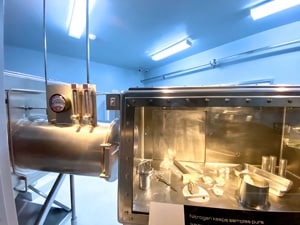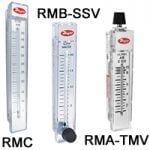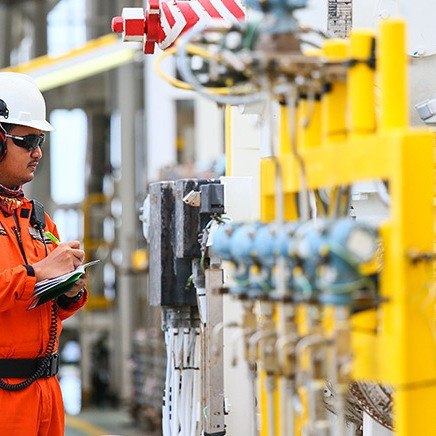
This year marks the 55th anniversary of Apollo 11, the historic mission that saw humanity’s first steps on another celestial body. Neil Armstrong and Buzz Aldrin (and Michael Collins, the Command Module Pilot who remained in orbit—a pretty pivotal role!) walking on the moon represented a culmination of years of innovation, dedication, and sheer determination. The Apollo 11 mission was a pinnacle of the space race, a consequence of the Cold War that fueled advancements in aerospace technology and captured imaginations of people worldwide.
A Giant Leap
Beyond the enduring historical significance of Apollo 11, the mission significantly advanced our understanding of not only the moon’s geology and overall environment, but of the greater cosmos in general.
The lunar samples brought back by the Apollo 11 team provided invaluable insights into the moon’s composition and its relationship to Earth and its history. In fact, these samples are still being studied to this day.
However, bringing these samples back to Earth was not as easy as putting them in the pockets of their spacesuits: it was a major undertaking.
Protecting Earth (And Moon Samples!)
 Magnehelic® gage and Rate-Master® flowmeter monitoring moon rock chamber
Magnehelic® gage and Rate-Master® flowmeter monitoring moon rock chamber When the Apollo 11 team returned to Earth, efforts had to be taken to protect the planet and its inhabitants from anything that may have come from space, as well as to protect the samples from being contaminated by anything on Earth. The team was quarantined for over 60 hours. Rock and soil samples were treated similarly: isolated and studied. For the moon samples, the "isolation rooms" were air-tight chambers filled with pure nitrogen.
These cabinets were pressurized so that they were at a higher pressure than the surrounding air in order to prevent contaminants from entering the space. Glove boxes allowed scientists and researchers to handle the samples without risk of contamination.
Pressure’s On
To ensure the continued safety of both the Earth and the moon samples, the pressure difference between the inside and outside of the containers needed to be accurately monitored and controlled.
 Magnehelic® gage in the Mobile Quarantine Facility; photos furnished from Apollo 11 image archive
Magnehelic® gage in the Mobile Quarantine Facility; photos furnished from Apollo 11 image archive DwyerOmega Magnehelic® differential pressure gages, invented by J. DwyerOmega in 1953, were used in the Mobile Quarantine Facility that the Apollo 11 team stayed in. The Magnehelic® is also used to monitor pressure for containment chambers and glove boxes, including those used to preserve moon rocks and other items from space.
 Rate-Master® Polycarbonate Flowmeter, Series RM
Rate-Master® Polycarbonate Flowmeter, Series RM In addition, flowmeters, like DwyerOmega’s RateMaster® flowmeters, are used in the process of introducing nitrogen to the air-tight cabinets. This needs to be done at the correct flow to properly purge the containment chamber. Because nitrogen is an inert gas, it does not react chemically with the samples inside the chamber.
Trusted Manufacturer
DwyerOmega’s products are time-tested in applications around this world. Our team strives to design products which make the innovations of our customers – no matter how out of this world – attainable. It is through these innovations that we continue to learn about ourselves, our world, and the universe that we are a part of.
Curious to learn more? You might be interested in one of these articles:

